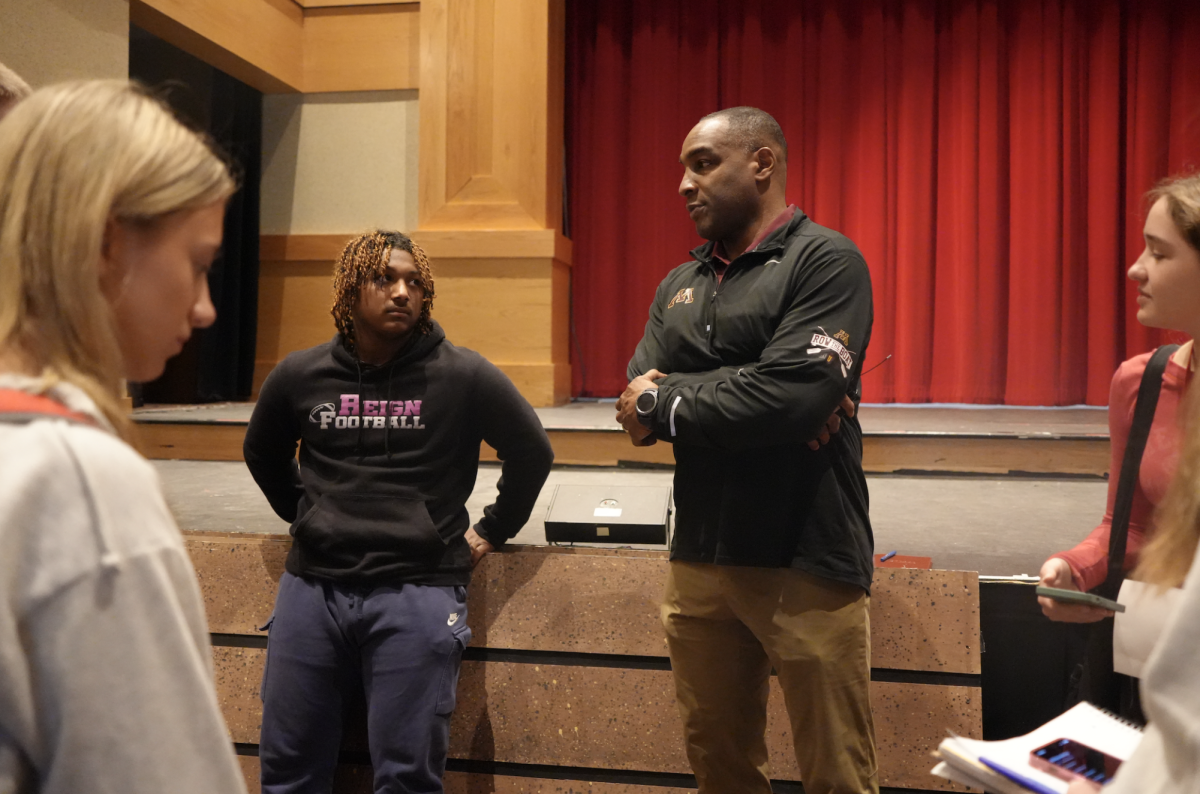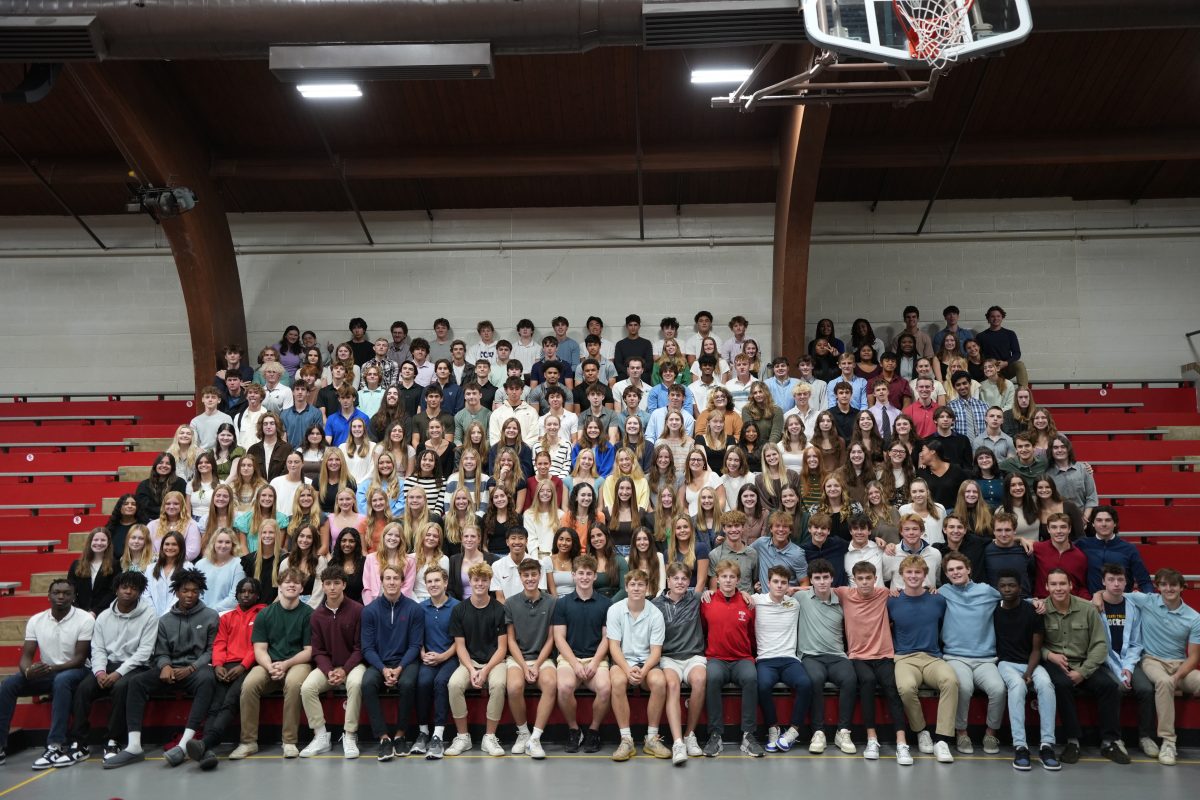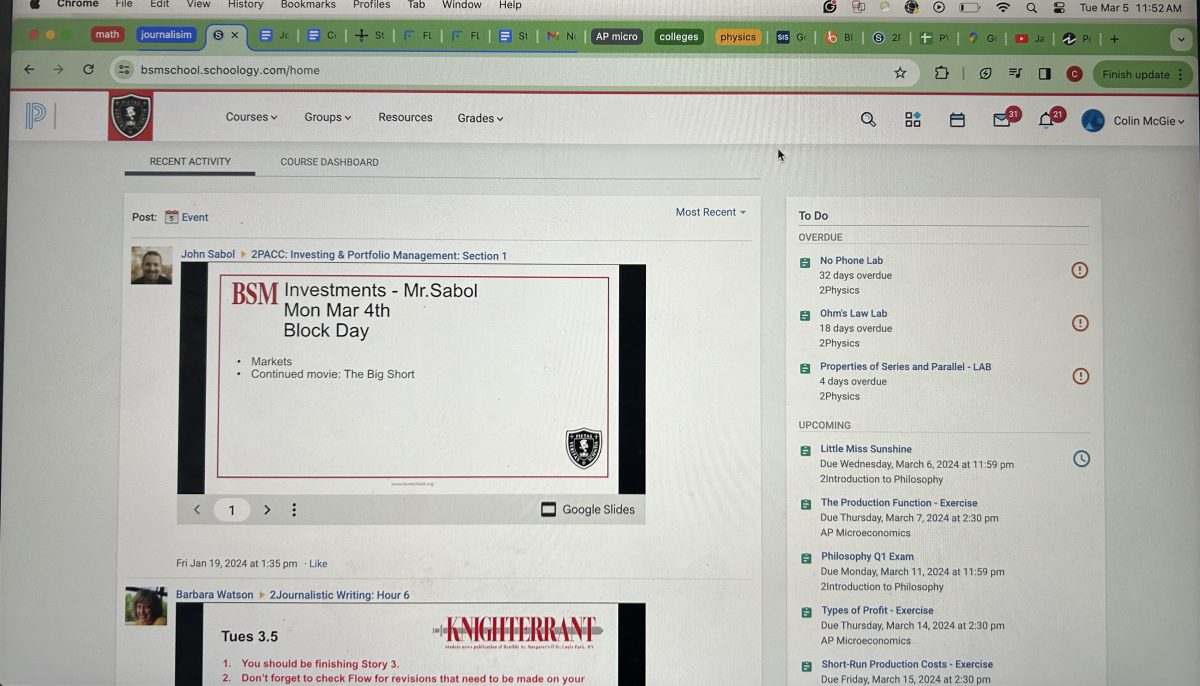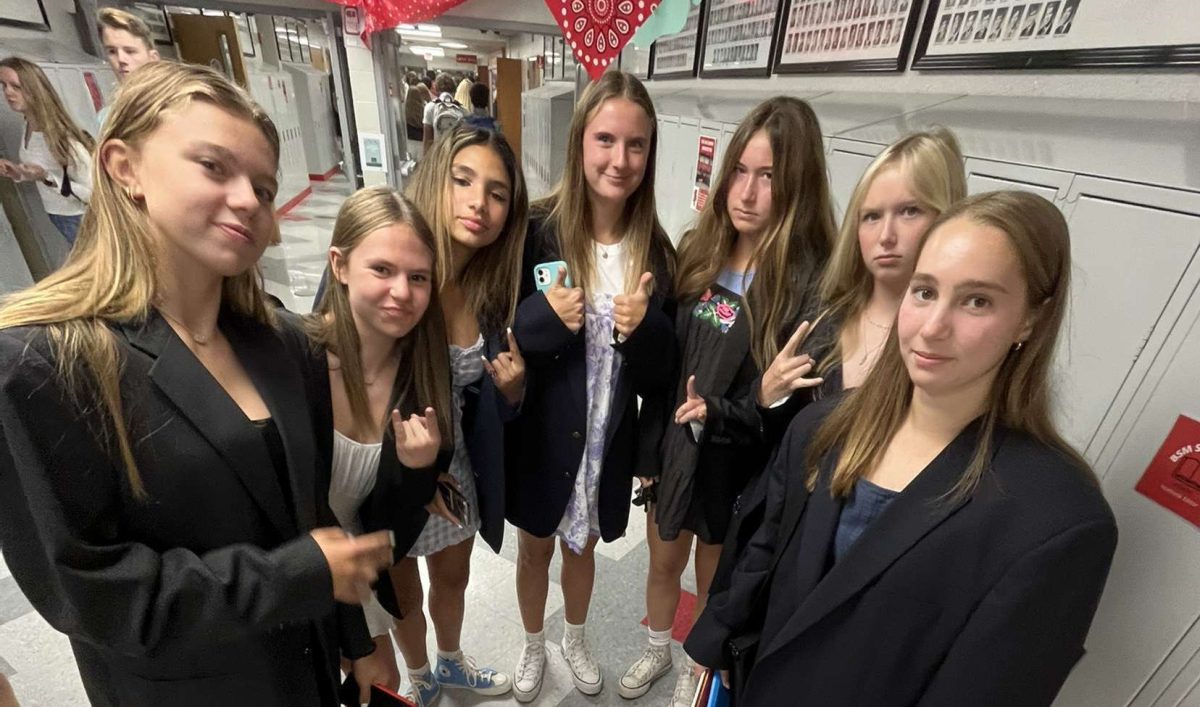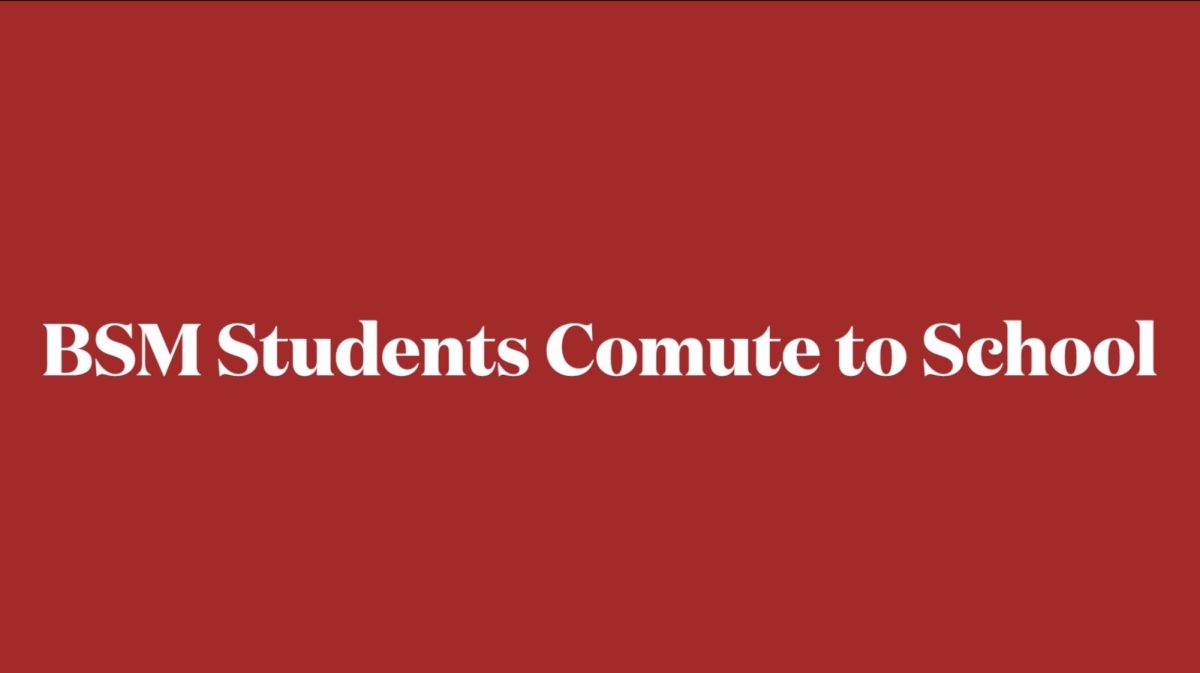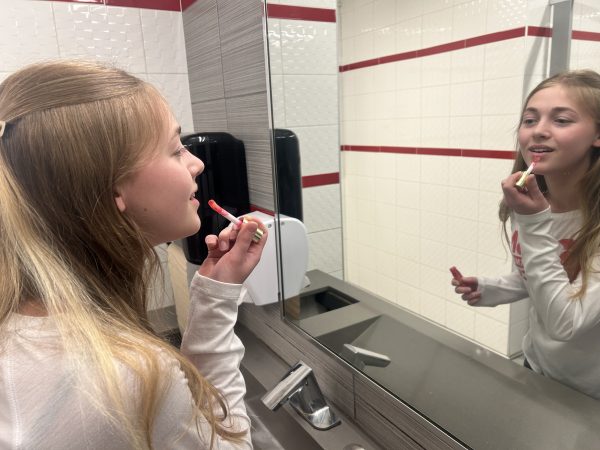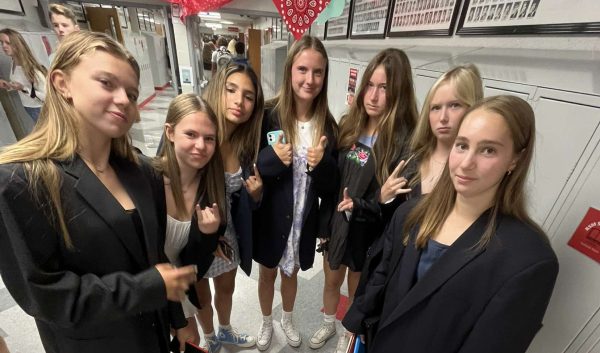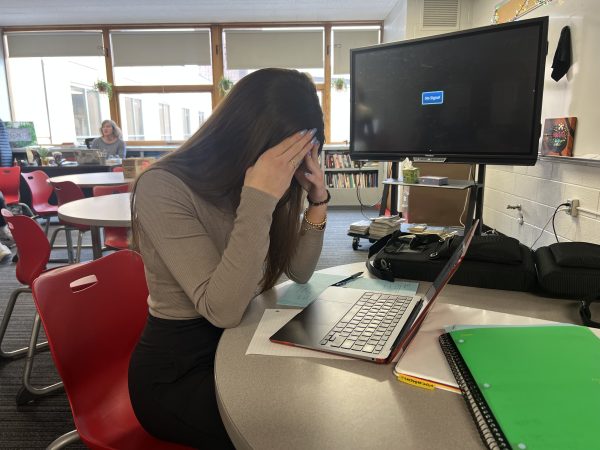Third party candidates are viable
Although under-represented in the media, 2016’s third party candidates offer promising alternatives to Trump and Clinton.
If you ask the average voter who the candidates for president are, they will most likely tell you that the election is between Hillary Clinton and Donald Trump. These two candidates have the highest disapproval ratings of any candidate in the history of this great nation, and the average approval ratings of the two major parties has dropped to historic lows as well. According to a CNN poll in May 2016, 44% of Americans want a third-party candidate, but due to a major lack of media coverage and publicity, the two main third-party candidates, Gary Johnson and Jill Stein, remain relatively unknown to the average American.
These two candidates deserve to have their ideas heard in the media as well as in the presidential debates. Unfortunately, Americans don’t get much of a choice of who they vote for with the current two-party system, and this election in particular offers no options for many voters. For example, if you are against war in the Middle-East, desire campaign finance reform, and want to end the war on drugs, you are left without a candidate who represents your stance.
The debate rules state that a candidate must be at 15% in the polls in order to participate. However, polls can be skewed to favor the two-party system in an effort to keep third-party candidates out. Big media organizations do this by avoiding polling certain demographics including independent voters, who represent 42% of American voters according to Gallup.
Unfortunately, Americans don’t get much of a choice of who they vote for with the current two-party system, and this election in particular offers no options for many voters.
— Andrew Torrance
For example, the Fox News poll from August 31st has Johnson at 9% and Stein at 4%. Unfortunately, this poll only included 17% independent voters making it much more likely for respondents to pick either Trump or Clinton because 83% of them had a party affiliation. This type of under-representation of independents can be seen across the board in different polls and continues to damage the chances of any third-party candidate who wants to offer different ideas to the debate scene.
A CNN poll from September 23rd, which included 40% independents, marked Johnson at 9% and Stein at just 4%; however, this poll did not include anyone under the age of 35 – a demographic that represents 24% of voters. If the polls included demographics that accurately represented the voting population, the third-party candidates would certainly be polling higher because 31% of independents are voting for Johnson and 12% for Stein according to an NBC poll from September 11th. Even if they don’t hit 15%, the fact that they have gained so much popularity despite any media coverage should warrant their ideas being heard on the debate stage.
The current two-party system is widely accepted by the mainstream media, and their coverage of the election is hindering the potential of any third-party candidate to enter the race as a threat to win. The two major third-party candidates offer unique perspectives on issues that the two-party system doesn’t seem to care about such as staying out of war, ending the war on drugs, and taking action against climate change. Their ideas are certainly gaining notable traction among a significant number of people, and these two candidates deserve to be heard in the media.





